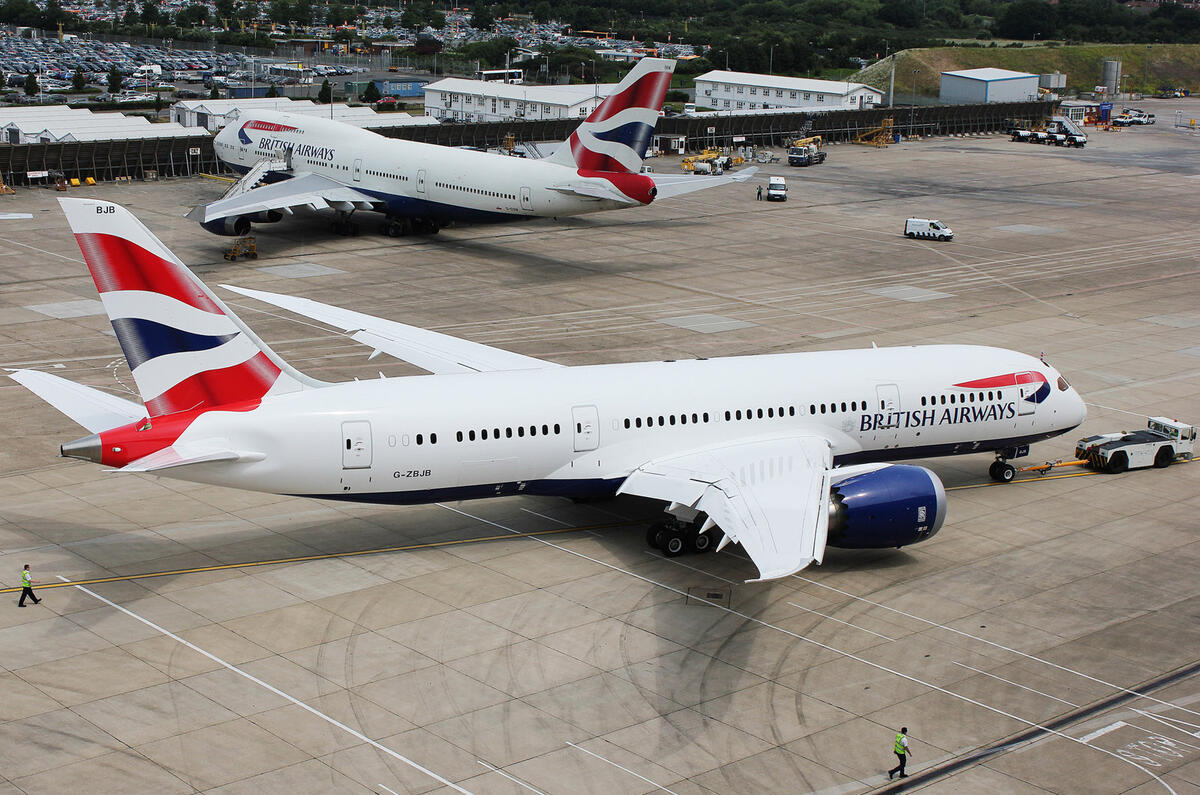The upcoming 2030 ban on new petrol and diesel cars will transform UK motoring on a scale never seen before. This story is part of a wider analysis of the challenges faced by consumers, government and the automotive industry, what needs to happen, and how such drastic changes can be achieved over the next decade.
Read the rest of this series here: Countdown to year zero - what needs to happen by 2030?
The push to zero-emissions vehicles needs to be considered as part of the UK’s wider – and hugely ambitious – clean-air targets. In 2019, parliament passed an amendment to the Climate Change Act that required the government to reduce the UK’s net emission of greenhouse gases by 100% compared with 1990 levels by 2050.
There are two routes to achieving this: reducing existing emissions and removing greenhouse gases. The two concepts will work in combination: the UK’s net, rather than gross, zero target recognises that some greenhouse gas emissions will still be created in the UK. Any that are must be at least offset to ensure that the zero emissions target is reached.
The Climate Change Act specifies six major greenhouse gases, which in 2018 accounted for around 19% of all UK emissions. CO2 accounted for the bulk of all greenhouse gas emissions.
In 2018 (the most recent year for which data is available), UK territorial greenhouse gas emissions comprised 366 million tonnes of CO2 and a further 85 million metric tonnes of CO2 equivalent (MtCO2e) from other gases. Those figures represent a decline of 43% and 39% on 1990 levels respectively, showing the progress the UK has already made in tackling such emissions.
Transport – including road transport, railways, domestic aviation, shipping, fishing and aircraft support vehicles – is the largest contributor to greenhouse gas emissions, accounting for 124.4m MtCO2e, or 28% of the UK total. That compares with 23% for energy supply, 18% for business, 15% for residential and 10% for agriculture. Significantly – and a key reason that the government has made switching to zero-emissions motoring a major goal – greenhouse gas emissions from transport have dropped just 3% since 1990, compared with a 62% decline in emissions from energy supply and 31% from business.
It’s worth noting that under the UN’s agreed climate change reporting standards, greenhouse gas emission totals don’t include emissions from UK-based international aviation and shipping. Planes refuelled at UK airports were estimated to produce 36.7m MtCO2e in 2018, a substantial rise on the 15.5m MtCO2e figure from 1990. Meanwhile, ships refuelled at UK ports produced an estimated 7.9m MtCO2e – similar to 1990 levels.




Add your comment